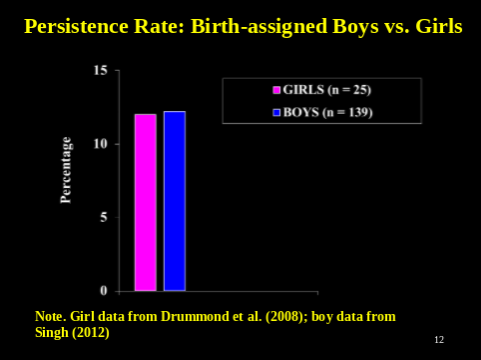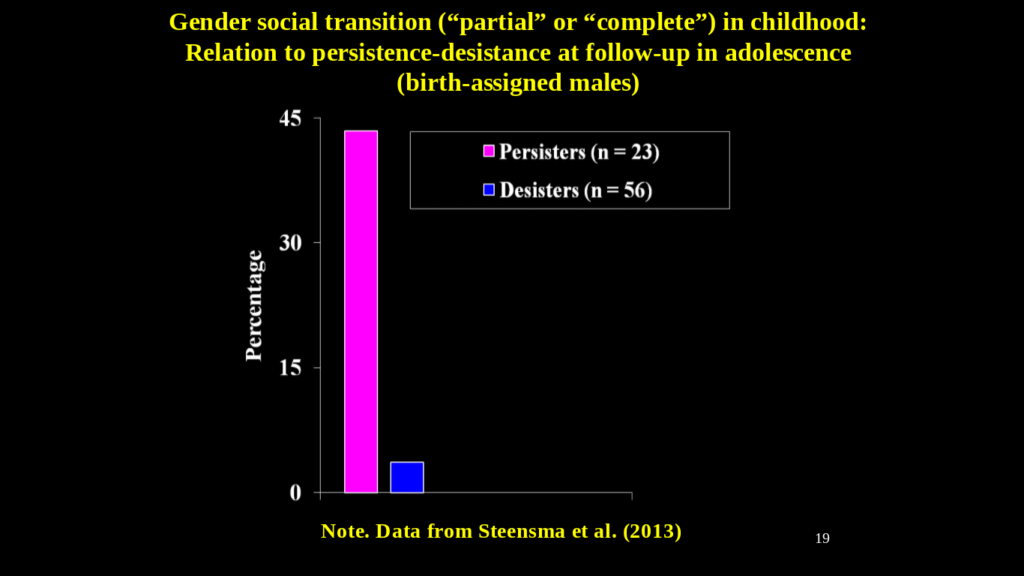From the Canadian Government’s news realease –
“The legislation proposes four new Criminal Code offences that would prohibit:
- causing another person to undergo conversion therapy
- removing a minor from Canada to subject them to conversion therapy abroad
- profiting from providing conversion therapy
- advertising or promoting conversion therapy
The proposed legislation would also authorize courts to order the seizure of conversion therapy advertisements or to order their removal from computer systems or the Internet.
This bill expands on Bill C-6, adopted by the House of Commons in the previous Parliament. It does so by protecting all Canadians—regardless of their age—from the well-documented harms of conversion therapy practices.
Conversion therapy practices aim to change an individual’s sexual orientation to heterosexual, to change an individual’s gender identity to cisgender, or to change their gender expression to match the sex they were assigned at birth. They harm and further stigmatize sexual and gender-diverse persons and undermine their equality and dignity. They reflect myths and stereotypes about lesbian, gay, bisexual, transgender, queer and Two-Spirit (LGBTQ2) communities, particularly that their sexual orientation, gender identity or gender expression are wrong. These harmful practices also reinforce heteronormative and cis-normative ideas, as well as gender-conformity on LGBTQ2 individuals.
The practice can take various forms, including counselling and behavioural modification. Conversion therapy practices are discriminatory and have been proven to be harmful to the physical, mental and social well-being of the victim, even for adults who consented to it.
Criminal law reform is an important step in protecting the equality and dignity of LGBTQ2 persons, but more remains to be done. The Government of Canada is committed to working with provinces, territories, municipalities, survivors and stakeholders to ensure that Canada is a country where everyone—regardless of their gender expression, gender identity, or sexual orientation—can live equally and freely.”
The Federal Liberals are going full steam ahead with the gender ideology bullshit. It just passed the in the House of Commons unanimously – because our Conservative opposition has jello instead of a spine.
It looks like we’re trying to codify the ‘gendered soul’ into law in Canada. Of all the nebulous concepts that don’t need the state backing them up, it at the head of the list. This bill had better not be lumping the therapy that actually helps children be comfortable in their own body without surgery of hormones into an unlawful category. The notion that watchful waiting and other material reality confirming therapies are unlawful is just fucking crazy.
From The Canadian Gender report:
“Ken Zucker, Ph.D. C.Psych and Professor of Psychiatry at the University of Toronto presented a discussion of the differences in developmental trajectories for children with gender dysphoria at the 24th Congress of the World Association of Sexual Health, in October 2019, Mexico City. The following information is summarized and quoted from his presentation.
Dr Zucker based his analysis on a review of a number of follow up studies for persistence and desistance rates. He categorized therapeutic approaches designed to reduce gender dysphoria into 3 different types:
- Treatment 1: Assessment, “watchful waiting”
- Treatment 2: Assessment, active treatment of many kinds (recommendations to parents to implement in the naturalistic environment, behavior therapy, play therapy, psychodynamic psychotherapy, group therapy, etc., etc.)
- Treatment 3: Gender Social Transition
“The follow-up studies summarized so far, by and large, collected data on children who were assessed (and sometimes treated) prior to the emergence, around the mid-2000s, of pre-pubertal gender social transition as an alternative type of psychosocial treatment designed to reduce gender dysphoria: a treatment that parents may have instituted on their own, in consultation with a clinician, or on the advice of a clinician or some other type of professional (e.g., a teacher).”
The very low persistence rates in the case of Treatments 1 and 2 show that gender identity becomes more congruent with birth-assigned sex in the majority of cases.

To compare the persistence and desistance rates of children who received a gender-affirming care approach characterized by social gender transitioning, Dr Zucker used data from Steensma et al. (2013) which reported a systematic follow-up study of children in which some children were classified as having had either a partial or a complete social transition prior to puberty.
The relationship between social gender transition and the follow-up persistence and desistance rates is striking. Among desisters, almost none of the natal boys had socially transitioned. Almost 45% of the persistors, however, had partially or completely socially transitioned, yet their gender dysphoria had not resolved.

Social transition in relation to persistence and desistance was not as strong among the girls. Almost 60% of the persistors had socially transitioned. A significant number of desisters had socially transitioned as well, although Dr Zucker cautioned that the definition of social transition used by Steensma probably captured some girls where the social transition metric may have been very broad (e.g., change in hair-style or clothing style).

Dr Zucker predicts that as new samples of socially transitioned children become available, the rate of persistence will be much higher when compared to the older studies, where most of the children received either Treatment 1 or Treatment 2. Of the 3rd type of treatment, social gender transition, he commented that it offers a different approach that leads to desistance: the gender dysphoria dissipates because the child is now living in the “desired” gender; however, for desistance to remain stable, it will often, if not always, require biomedical treatment (life-long hormone therapy with or without gender-affirming surgery).
There are many possible pathways to desistance, which leads to the parental conundrum: which therapeutic approach does one take to reduce gender dysphoria? This is what the contemporary parent (and clinician) must decide.”
This is some authentically scary shit. Parents could be arrested for wanting effective means of treatment for their children. This isn’t good my fellow Canadians, and let us hope that the Senate can add some clarity to this proposed nightmare of a bill.


2 comments
December 6, 2021 at 6:48 am
tildeb
This law makes it illegal for ANY counselling – social, medical, psychological, psychiatric – that does not affirm transitioning no matter how young the person. This means children can legitimately write their own pharmaceutical prescriptions regarding the process of transitioning and every single adult including any concerned parent has to go along with it or face legal action. This law is simply and unequivocally appalling in every way.
LikeLiked by 1 person
December 6, 2021 at 7:35 am
tildeb
So who can tell prepubescent kids who think transitioning is a way to bypass their various real world concerns and problems and stresses and mental health issues, a medicalized path that means at the very least sterility for literally thousands of prepubescent girls seduced by this ideology through social media, who take on board a life of constant medical and pharmaceutical interventions once the transitioning process starts, which it does with hormone blockers and binding, when the telling itself is considered transphobic and a hate crime and subject to severe legal penalties?
That’s why this law is beyond appalling and support for it truly insidious. Doctors and therapists are being told to abdicate their professional responsibility or else.
LikeLike